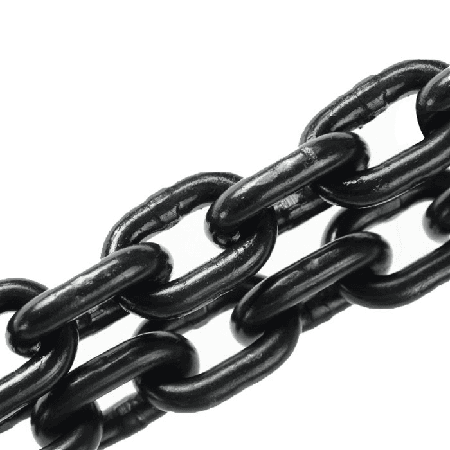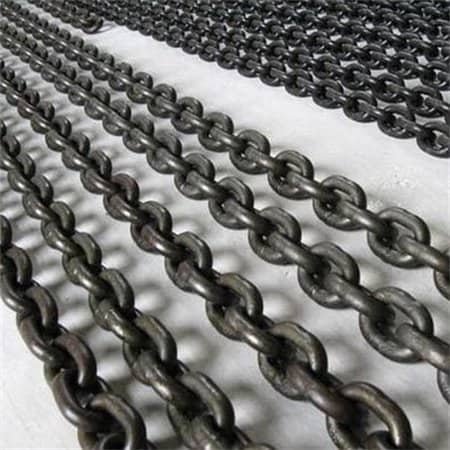Differences, Applications, and How to Choose the Right Hoist?
In industrial and construction environments, lifting and moving heavy loads is an essential task. Two common types of manual lifting tools are the lever hoist and the chain hoist. Understanding their structure, working principles, applications, and safety practices is key to improving efficiency and ensuring workplace safety.
What is a Lever Hoist?

Structure and Working Principle
A lever hoist is a compact, manual lifting device made up of a lever handle, ratchet mechanism, load chain, and hooks. By manually operating the lever handle in a back-and-forth motion, the internal ratchet and gear system moves the load chain, allowing the user to lift or pull a load. This design supports multi-angle and multi-directional operation, making it suitable for a variety of work environments.
Key Features
- Versatility: It can be used for both vertical lifting and horizontal pulling and is suitable for a wide range of tasks.
- Portability: Compact and lightweight, making it easy to carry and operate in confined spaces.
- Precision Control: Allows for fine positioning and adjustment of the load through manual operation.
Common Applications
Lever hoists are widely used in construction, equipment installation, steel structure assembly, pipeline laying, and vehicle recovery. They’re especially helpful in situations that require precise control or multi-directional movement.
What is a Chain Hoist?

Structure and Working Principle
A chain hoist consists of a hand chain, load chain, gear system, and top/bottom hooks. When the hand chain is pulled manually, it drives the internal gears, which then lift or lower the load via the load chain. Chain hoists are typically used for vertical lifting only and are usually installed in a fixed location.
Key Features
- Higher Load Capacity: Designed to lift heavier loads, making them ideal for industrial applications.
- Smooth Operation: Mechanical advantage through gears allows for easy lifting with minimal effort.
- Fixed Installation: Generally installed on beams, cranes, or trolleys in workshops and warehouses.
Common Applications
Chain hoists are commonly used in factories, warehouses, construction sites, and anywhere vertical lifting of heavy objects is needed in a fixed position. They’re ideal for repetitive lifting tasks.
Key Differences Between Lever Hoist and Chain Hoist
| Feature | Lever Hoist | Chain Hoist |
|---|---|---|
| Operation Method | Push/pull lever handle | Pulling hand chain |
| Direction of Use | Vertical and horizontal | Vertical only |
| Portability | Portable and compact | Fixed installation |
| Precision Control | High (precise load adjustment) | Moderate |
| Typical Load Capacity | Light to medium | Medium to heavy |
Safety Tips for Both Tools
- Do Not Overload: Always adhere to the rated load capacity.
- Inspect Before Use: Check the chain, hooks, and braking system for damage or wear.
- Correct Use: Avoid side-pulling or jerking the load; always lift straight.
- Training Required: Only trained and authorized personnel should operate hoists.
- Regular Maintenance: Keep the hoist clean, lubricate moving parts, and ensure the braking mechanism is clean and functional.
Conclusion
Both lever hoists and chain hoists are essential manual lifting tools, but each excels in different scenarios. Lever hoists are best for portable, flexible lifting or pulling tasks—especially where precision is required—while chain hoists are ideal for lifting heavier loads in fixed locations. By understanding the differences and choosing the right hoist for your needs, you can greatly improve safety and efficiency in your operations.


